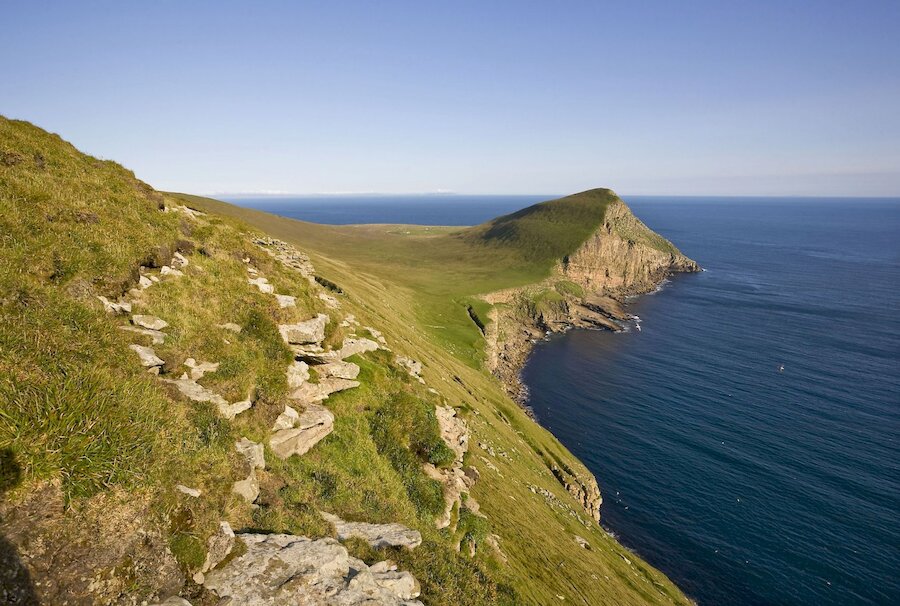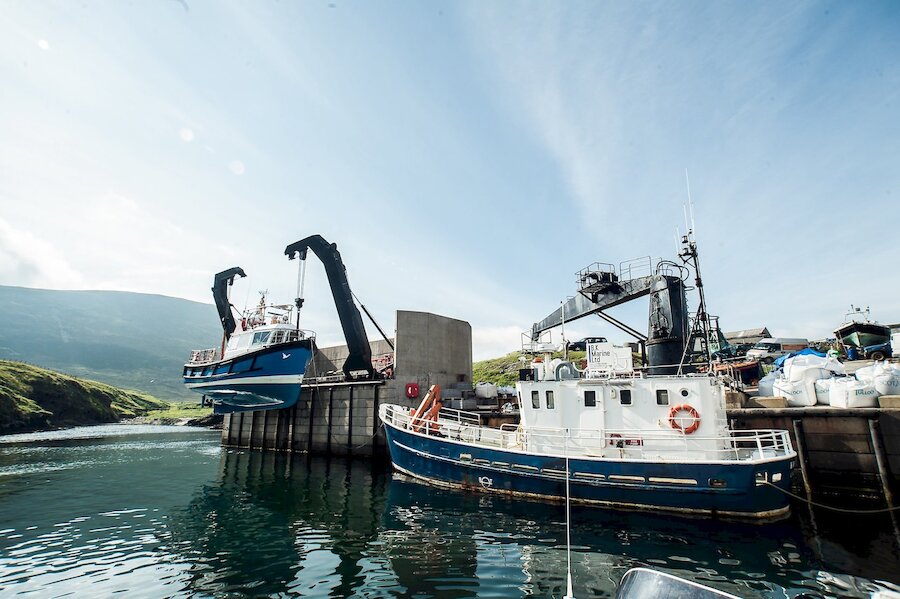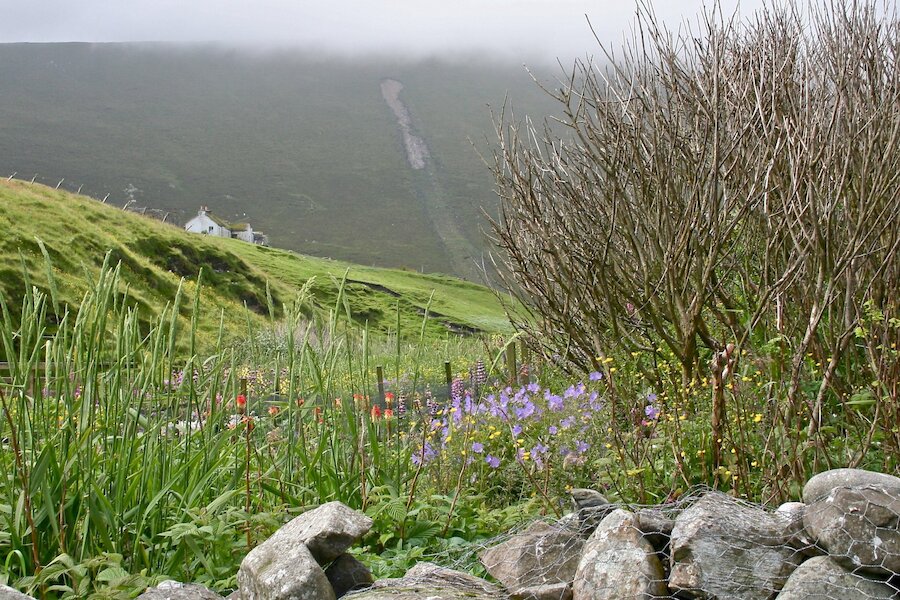Each month, we’ve taken a trip to a different part of Shetland to explore what it has to offer as a place to live. In the last of these articles, we head west to the second most remote island in Shetland, Foula. Next month, we’ll round off the series by offering a quick guide to where you could live the kind of life you want, right across Shetland.
Foula – it’s pronounced FOOla – lies roughly 16 miles from Shetland’s west mainland and about 25 miles due west of the island of West Burra. The name means ‘bird island’ in Old Norse, and indeed Foula’s cliffs and moorlands are home to thousands of birds of many species, including the world’s largest single population of Great Skuas, known in Shetland as Bonxies. The island’s isolation means that it’s also a landfall for rarer migrants, especially during the spring and autumn. Not surprisingly, the whole island is a Site of Special Scientific Interest and a Special Protection Area for birds.
Shetland has many impressive landscapes but few parts of the islands pack so much scenic drama into such a small area; this is part of the Shetland National Scenic Area. Foula’s sea cliffs rise to 1,200 feet (366m), making them the second highest in the British Isles; the entire island looks as though it was carved by some giant sculptor; here, sweeping ridges; there, a remarkable, narrow canyon between huge rock buttresses.
The island’s population is roughly 30 these days, so this is a very small community. It has its own traditions, including an adherence to the old Julian calendar. That means that Christmas – or Yule – is celebrated on 6 January and the new year doesn’t arrive until the 13th. This was also the last place in Shetland in which the old Norn language was spoken, well into the 19th century.
Given the small population, services on the island are very limited. However, there is a modern and well-equipped school and a medical service is provided by a district nurse. Electricity is generated using a combination of hydro, wind and diesel power. A mailboat, based on Foula, makes regular trips to the Shetland mainland, though bad weather does lead to interruptions to the service. However, there is an airstrip and flights in an eight-seater Islander aircraft link the island to Tingwall, near Lerwick.
Living on Foula is, clearly, not for everyone. It requires resilience and a commitment to self-sufficiency in every sense. But people do move to the island from time to time, for example to work at the school, and someone who sought complete peace and quiet as an artist or writer, or in some other creative pursuit, might well find what they were looking for.
Whether you’re interested in moving to Foula, or visiting as part of a Shetland holiday, you can find more information on our website.



